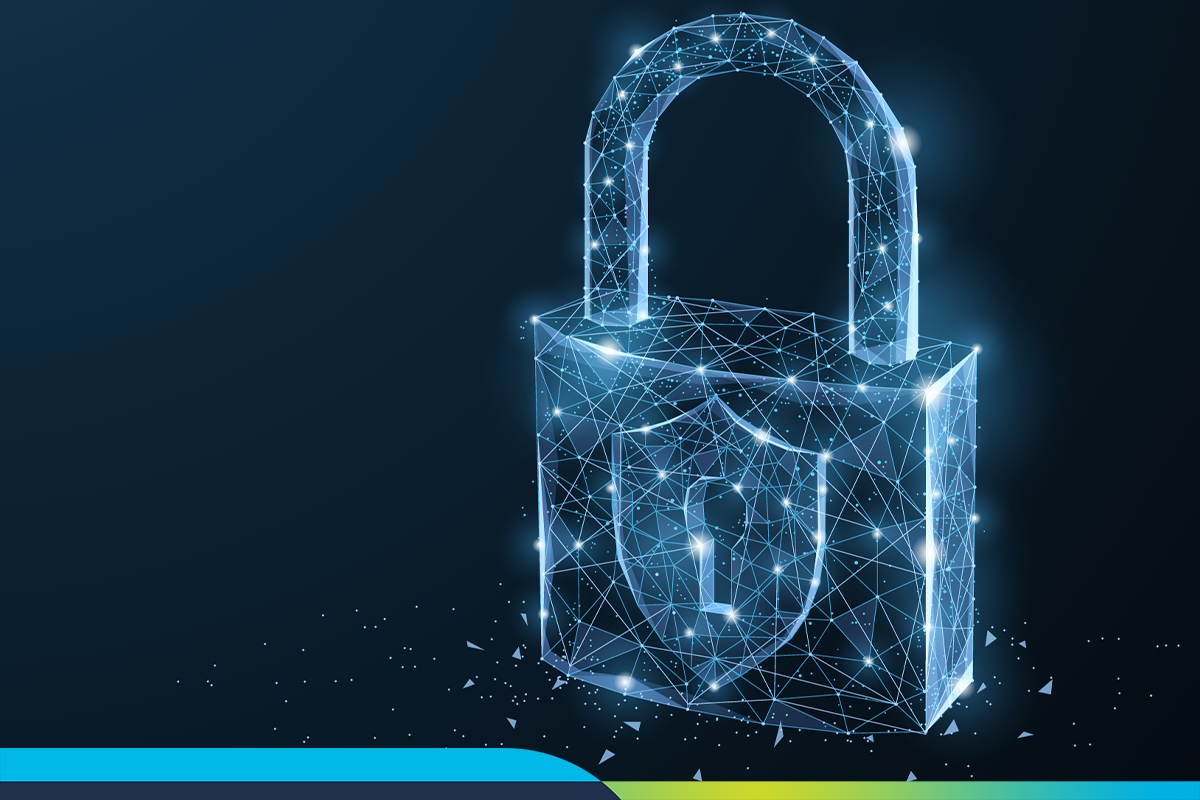
Zero Trust may seem like a daunting security architecture to implement. But Zero Trust is more a change of mindset towards cybersecurity than it is new tools and solutions. Zero Trust is a concept that can help you simplify and strengthen your defenses by adopting “never trust/always verify” principles. The truth is you probably already have many of the tools you need to get started. In addition to using existing security solutions, new tools and technologies can be added incrementally.
Zero Trust allows organizations to monitor lateral activity within their networks and defend against malicious actors or application code. By effectively protecting themselves against sophisticated attacks (e.g., ransomware, phishing, denial-of service, social engineering) public sector agencies can realize significant savings.
One of the best places to get started is by securing devices and users. The COVID-19 pandemic has forced more employees to work remotely, expanding the attack surface and increasing vulnerabilities.
Rather than relying on outdated trust-based perimeter defense measures (e.g., firewalls, DMZs) security policies, Zero Trust applies policies based on UEBA (user and entity behavior analytics), controlling data access, and device security. These security measures can evolve in real-time as employees and roles change and technologies and threats develop.
Using Zero Trust, organizations create and modify user roles and access policies that apply privilege controls to authenticate this access in real-time. Endpoint security creates trust – verifying that the right user or device, at the right time, in the right location, and under the right conditions, has the right access to the right data and resources.
To guide public sector organizations, get started with Zero Trust architecture implementation, DLT has produced an infographic addressing seven aspects to achieve Zero Trust architecture. Download the infographic to begin your organization's journey to a stronger cybersecurity posture.

















































